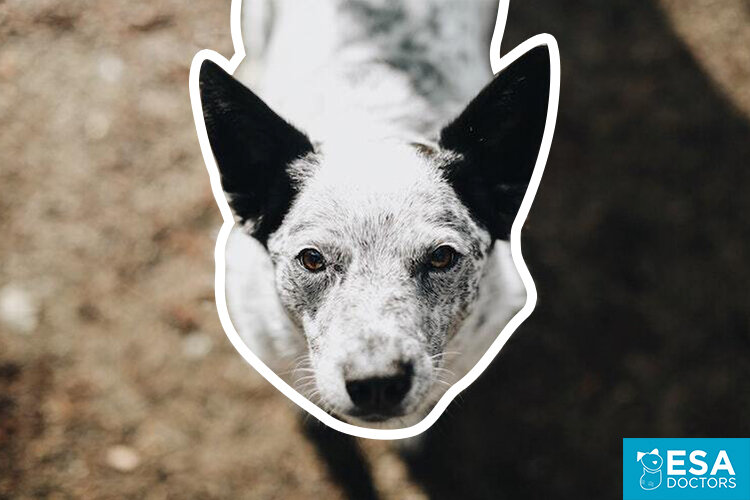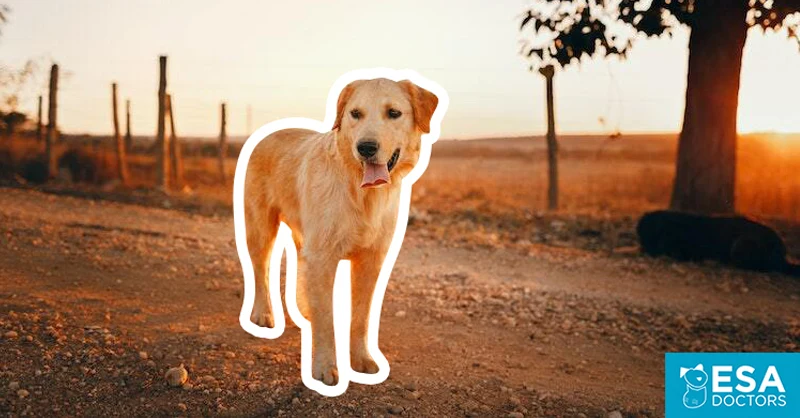Choosing the best treats for dog training may not seem that important. However, choosing wisely can significantly impact the success of your training. The selection of treats becomes even more important when training service dogs, who need to stay hyper-focused on a variety of tasks, often in busy public environments. So, while it may not seem that important, the right choice of treat at the right moment can mean the difference between a focused service dog and a distracted one.
Here are our 5 top tips on what to consider when choosing the best dog treats for training service dogs:
- The value of the treat
- Portability and storage
- Nutritional content
- Digestibility
- Individual, dog-specific requirements
1. Treat Value
Not all treats are created equal! Different treats are required for different levels of command and different environments. These are known as ‘high-value’, ‘medium-value’, and ‘low-value’ treats. It’s important to note that when we talk about treat value, we aren’t referring to how much they cost. ‘Treat value’ measures the value that your dog places on a treat. In other words, how delicious they think it is!
So, what determines the value of a treat? Palatability (taste), smell, and texture will all affect how appealing the treat is to your dog.
High-Value Treats
High-value treats are the tastiest treats! These are the treats your dog would choose above all others, if given the choice. They are often soft in texture, with a distinctive, appealing smell, and are especially tasty. Examples could include small pieces of chicken and freeze-dried liver or salmon.
High-value treats should be something that your dog does not usually eat day-to-day. Dogs will be prepared to work harder for high-value treats, so use high-value treats for more complicated tasks (such as medical alerts), teaching new tasks, and in particularly busy or distracting environments.
Medium-Value Treats
Medium-value treats are still tasty, but not your dog’s absolute favorite. For example, it could include chopped carrots or apples, or store-bought treats. Use these treats for reinforcing skills your dog has already learned. They can also be useful in environments your dog is well used to, but are moderately busy or noisy.
Low-Value Treats
Low-value treats have their place, too! Low-value treats are often hard, with no strong smell. Your dog’s usual kibble would be a good example. Your dog will still see this as a ‘treat’, since you are offering it outside of meal times. It’s best to use low-value treats at home or in quiet environments to reward everyday behaviours or for basic calm behaviour.
Why is it important to vary the value of the treats? Varying the value of treats ensures you don’t overuse high-value treats, which can decrease their appeal. Meaning your dog won’t work as hard for them. Some dogs get too excited when they know a high-value treat is definitely on the way and may start whining, jumping, or pestering. On the other hand, some dogs may become bored and lose interest in treats during training. Some dogs will ignore treats if the environment is too distracting or overwhelming, meaning they need a particularly high-value treat to stay focused. Varying the value of your training treats creates unpredictability, which will help your dog remain engaged.
2. Portability and Storage
When you’re out and about with your dog, you need treats that:
- You can access quickly and easily
- Won’t melt or make a sticky mess in warm weather
- Won’t crumble easily
- Don’t need to be refrigerated
- Can be stored in a treat pouch for your preferred time period, without spoiling.
This allows for individual preference: you may be happy to refresh your treats each day, while others may prefer to store their treats in a treat pouch at all times.
Pea-sized treats are ideal. They are easy to access quickly, easy to carry around, and your dog can eat them quickly without making a mess or interrupting the training session. You can pre-cut treats into pea-sized portions for easy delivery.
It’s a good idea to use a treat pouch with three compartments so you can store your high-value, medium-value, and low-value treats separately.
3. Nutritional Content
Service dogs in training tend to receive a high volume of treats per day, which can quickly lead to calorie overload and problematic weight gain! This means it’s especially important to consider the caloric impact of treats for service dogs.
A high-value treat does not have to involve higher calorie or fat content! Dogs often naturally prefer high-protein treats. It’s especially important that low-value treats, which you offer more frequently, are low-calorie. Size comes in here too, reinforcing the fact that small (pea-size) treats are best, since they also help avoid calorie overload.
As a general rule of thumb, treats should never make up more than 10% of your dog’s total daily calorie intake. Service dogs in training will receive more treats per day than most non-service dogs, meaning you may also need to adjust their regular meals, to account for the extra calories they receive through treats. Keep an eye on your dog’s weight and adjust as needed.
The most reliable method of monitoring your dog’s weight is through ‘body condition scoring’. What is considered a healthy weight for a dog will vary depending on their breed, size, age, and muscle mass. Body conditioning allows you to assess if your dog is at a healthy weight, without actually weighing them. Looking at your dog from above, you should be able to see a distinct waist. If you run your hand over your dog’s ribs, you should be able to feel them easily, with minimal pressure. The World Small Animal Veterinary Association (WSAVA) has published a handy guide to body condition scoring, which you can view here. If you have any concerns about your dog’s weight, ask your veterinary clinic for advice.

4. Digestibility
We all know that avoiding digestive upsets is even more important for service dogs. Diarrhoea, urgency, or increased stool frequency can pose a big problem when you’re out and about with a service dog! Choose treats that you know won’t cause digestive upset. This may be treats your dog has had before without upset, or contain ingredients you know are safe for your dog.
If you are planning to introduce a new treat, it’s important to do so slowly. Introducing any new food suddenly can cause diarrhoea and/or excess gas. Start by offering a tiny bit and gradually increase the amount over a couple of weeks. It’s best not to introduce any new treats during periods of active training. So stick to familiar treats when you are teaching new skills or visiting busy environments. Tummy ache, excess gas, or an urgent need to pass stools would all distract your dog from the task at hand. Instead, wait until you know you’re having a quieter time, or perhaps some days at home.
5. Individual Requirements
Naturally, just like people, all dogs are individuals! What is considered a high-value treat for one dog may be of no interest at all to another. So, when choosing treats, it’s also important to consider these individual dog factors:
- Individual food preferences.
If you aren’t sure, try holding a different treat in each hand with a closed fist, and see which one your dog pays more attention to! - Stage of training.
If your dog is in the early stages of training, the high-value treat needs to be especially high-value! - Distraction levels.
Some dogs will lose interest in treats in particularly stimulating environments, meaning the treat needs to be particularly high value to them to keep them focused. - Allergies.
Food allergies can cause a whole range of symptoms, from diarrhoea to itchy skin and/or ears. For example, while chicken is a tasty, easily digestible treat for many dogs, some dogs are actually allergic to chicken. So pay attention to the ingredients in treats if your dog has any food allergies. - Underlying medical conditions.
If you aren’t sure which treats are safe for your dog, especially if your dog has any underlying health conditions, it’s a good idea to chat to your veterinarian about which treats are appropriate.
Remember, there is no ‘one treat fits all’ approach! The best treats will vary depending on your dog’s preferences, the service dog tasks they are performing, and their stage of training. You may need to re-assess and adapt as you and your dog progress together.






Leave a Comment